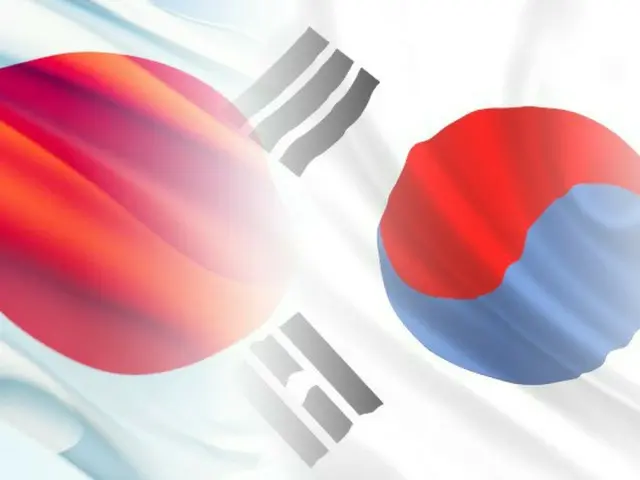The Korean group "Gwangbok Society," which is made up of Son and others, has voiced its protests. Prior to the start of issuance, the group said on the 1st, "The designation of the person responsible for Japan's invasion as the currency is a deception that tries to justify colonial rule.
The government issued a statement stating that the new banknotes were "a disgraceful act." This is the first time in 20 years that new banknotes have been issued in Japan since 2004. The 10,000 yen note will feature Shibusawa, the 5,000 yen note will feature Umeko Tsuda, who contributed to improving the status of women, and the 1,000 yen note will feature Shibusawa.
The new banknotes feature a portrait of Shibasaburo Kitasato, who established a treatment for tetanus. The new banknotes also incorporate the latest anti-counterfeiting measures, making them more secure and functional. The Bank of Japan will begin selling the current banknotes by the end of March next year.
A total of 7.48 billion new banknotes, or 46% of the total amount of banknotes to be used, will be prepared. The new banknotes were handed over to financial institutions at the Bank of Japan's head office in Chuo Ward, Tokyo, and at 32 branches nationwide on the 3rd. A commemorative ceremony was held at the head office.
Kazuo Ueda, the Bank's president, said, "Although cashless transactions are progressing, cash is a means of payment that anyone can use safely anytime and anywhere, and I believe it will continue to play a major role in the future.
"I hope that the new Bank of Japan notes will be widely distributed among the people and will become the oil that supports our country's economy," Prime Minister Fumio Kishida, who inspected the handover at the head office, said, "The new banknotes will
"I hope that it will be well received by the people and provide a boost to Japan's economy," he said. On the 3rd, when the bills were first issued, financial institutions were engulfed in excitement as people lined up to exchange money.
Among them, Saitama Resona Bank, which originated from Kurosu Bank, where Shibusawa, whose portrait appears on the 10,000 yen note, served as an advisor, began handling new banknote-related services at about 100 branches.
An event was also held in Fukaya City, Saitama Prefecture, Shibusawa's hometown, to celebrate the publication. A countdown ceremony was held at midnight on the 3rd, and the citizens who visited the Shibusawa Eiichi Memorial Museum, the venue, attended the event.
Mayor Susumu Kojima, who appeared in a top hat and morning coat inspired by Shibusawa, presented the 10,000 yen note with the sixth-youngest identification number, "AA000006AA," sent by the Bank of Japan.
The audience erupted in applause. Shibusawa was a businessman active from the Meiji to Taisho periods, and was involved in the establishment of around 500 companies during his lifetime, including the First National Bank (now Mizuho Bank).
He is considered the "father of capitalism." He also devoted himself to about 600 social public works projects. While Japan was excited about the issuance of new banknotes, the Korean organization "Gwangbokkai," which is made up of the descendants of anti-Japanese independence activists from the Japanese colonial period,
On the 1st, just before the new 10,000 yen note was issued, the government protested against the use of Shibusawa's portrait on the new note and demanded its withdrawal. Shibusawa also has a deep historical connection with Korea.
The Gyeongbu Railroad and the Gyeongbuk Railroad were operated by a Japanese company, of which Shibusawa was president. The First National Bank, which Shibusawa established, opened a branch in Busan in 1878. This branch was responsible for issuing the first banknotes in Korea, and in 19
In 2002, portraits of Shibusawa were used on the 1 won, 5 won, and 10 won notes. Because of this, some Koreans believe that Shibusawa was the one who brought Japanese banks to Korea during the Japanese colonial period,
Some see him as a leader of colonial policies. When it was announced in April 2019 that Shibusawa would be featured on the new 10,000 yen Japanese banknote, Korean media reported that "the portrait is a sign of consideration for the victims of colonial rule."
"We expect criticism that the statement is lacking," Yonhap News Agency reported. In a statement, the Kwangbok Association said, "Shibusawa Eiichi was the owner of the First Bank, which played a pioneering role in the economic exploitation of our people, and he built the railway.
He was the one who created the Korean empire and plundered Korean capital, led the issuance of banknotes by the First Bank in order to usurp Korean interests, and had his own portrait painted on the currency, bringing shame to us."
"Using a symbol of exploitation on Japan's official international currency is a cold shower on the efforts of the Korean government to improve Korea-Japan relations," he said.
"If you respect the need to improve relations and promote friendship with Japan, we ask that you immediately stop using the name of this person on the currency," he said.
Professor Seo Kyung-duk of Sungshin Women's University also said, "The characters on the 10,000 yen bill were decided by the Shinzo Abe administration in 2019, and the Fumio Kishida administration is also at fault for issuing the bill without correcting this.
"Not only does it show a lack of consideration for Korea, which was colonized by the Japanese Empire, but it is also a typical sneaky strategy to revise history," he said.
2024/07/04 12:29 KST
Copyrights(C)wowkorea.jp 5

